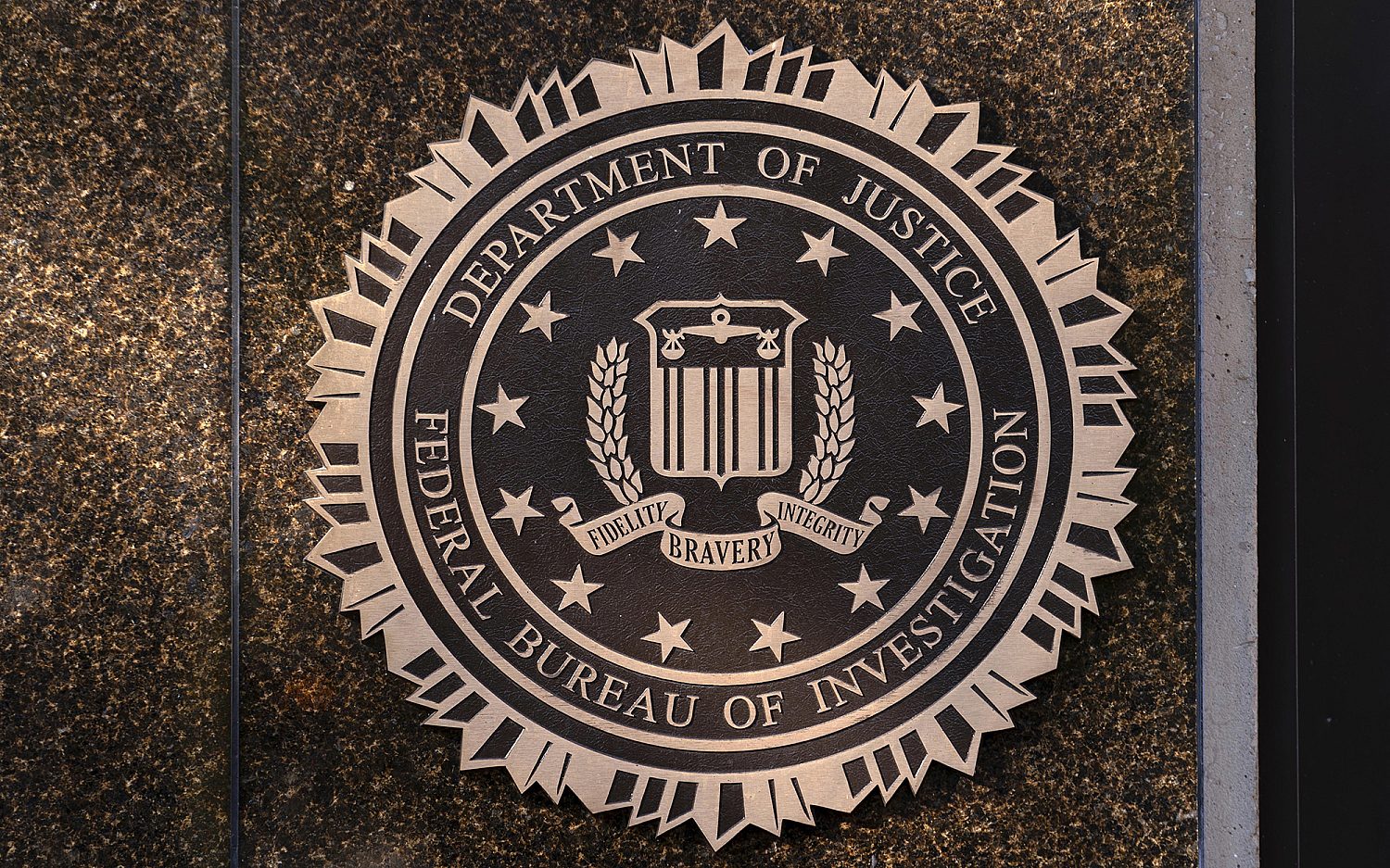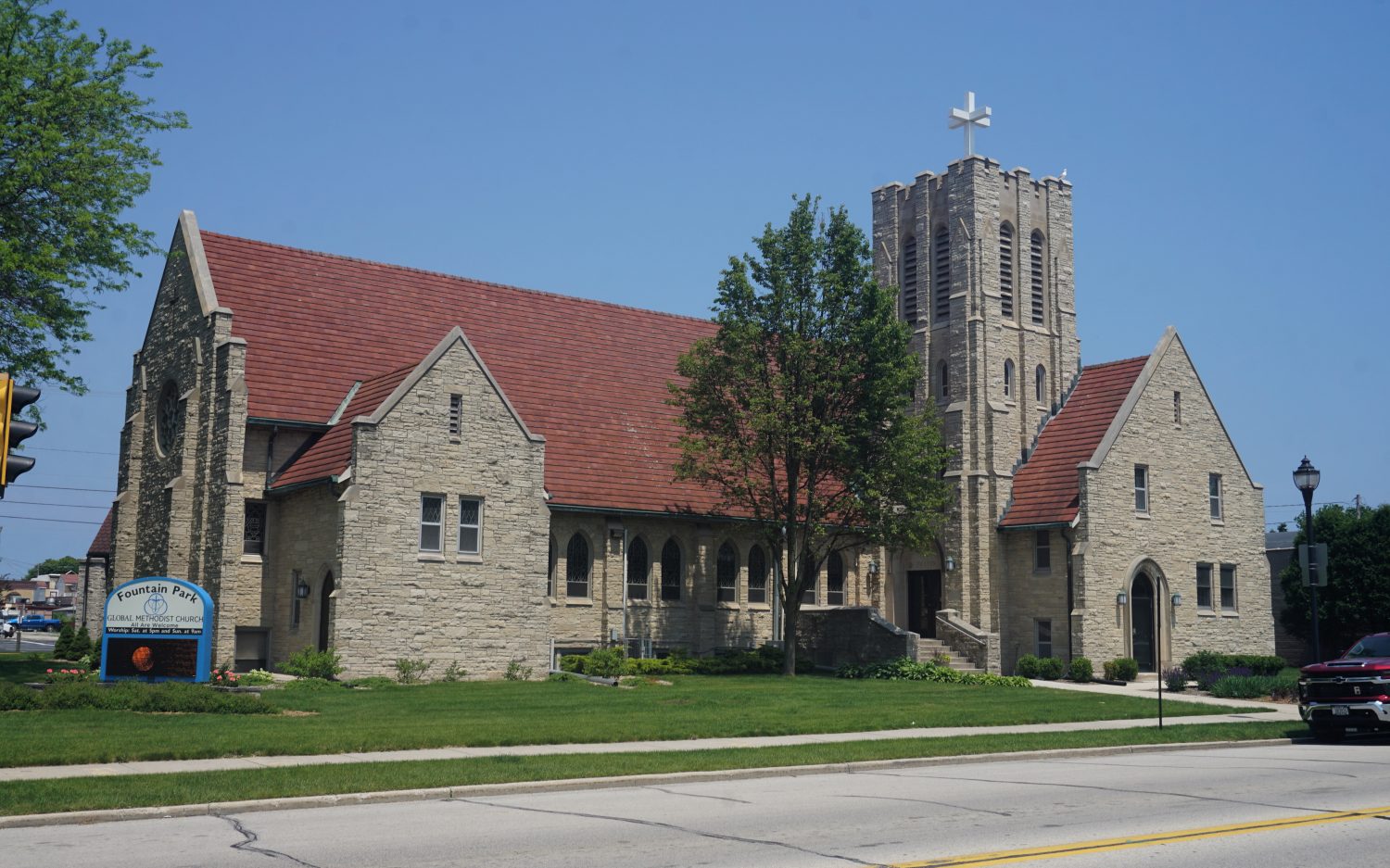Fleeing Fidel
A Cuban-American family shares the truth about living under Castro’s communist oppression
This evening the Cuban government has scheduled a mass gathering to be held in Santiago de Cuba. Tomorrow Fidel Castro’s ashes will be interred in a cemetery in Santiago where José Martí, Cuba’s national hero, is also buried.
God in Chapter 3 of Genesis tells us that we are “dust to dust,” so this particular demise is no different from the death all of us face. But few of us have taken a nation all the way from dust to dust: Castro and his compadres left the corrupt Fulgenico Batista regime in the dust, so at first Cuba rejoiced, but the totalitarian dictatorship Castro created was far worse than what Cuba had seen before.
Irritating dust to choking dust: Here Kelly Rodriguez tells how Castro’s communist oppression affected her husband’s family and many others. —Marvin Olasky
“‘Why celebrate the death of a person,’ you ask? Because we celebrate the death of the symbol of an era of abuse, tyranny, and oppression. Fidel’s regime caused my family unspeakable pain, suffering, and separation from loved ones. My family, like others, risked their lives fleeing the island seeking liberty and freedom. ... [Many] still live in deplorable conditions. Yes, the Castro regime is still in power, but God is in control.” —Yasmin Gabriella Jimenez de Medina’s Facebook post on Nov. 26, the day after Fidel Castro died.
My husband Luis is a Cuban-American whose father Venancio was imprisoned for 5½ torturous years as a political dissident in one of Fidel Castro’s concentration camps. Although Venancio died in 1998, Nov. 25 was a day for which he and all of his family had been waiting for many long years. It is my hope that others can come to understand why people would weep for joy and dance in the streets at the news of the death of a man. It may seem strange, and might seem un-Christian to some, but an attempt to understand these Cubans could be valuable for Americans today, considering the confused and murky times in which we live.
And with the current trend among universities and many media outlets (and even some of our own government leaders) seeming to forget why communism is such a bad idea and such a thoroughly failed experiment, I believe it is critical, especially for our young people, to know what happened right under our noses—to understand the truth about what happened in Cuba.
It is true that when Fidel took over Cuba, he ousted a corrupt dictator. It is true that he made great improvements in literacy for the people. And it is true that Cuban doctors receive adequate training. But it is also true that Fidel took over a land that had fertile soil and a hard-working, productive populace able to export the country’s surplus, and he leaves it with its natural resources largely ruined, unable to produce enough food to feed its own people. The hospitals to which most Cubans have access are now broken down, unsanitary places, devoid of even the most basic supplies such as latex gloves or aspirin. The truth is that Fidel left an infrastructure and a society in far worse condition than when he came to power in 1959, with people living without freedom, without opportunity, without hope, and in constant fear.
Cuba under Castro rule is a place where Big Brother is always watching, where you never know which of your neighbors might turn you in. Parents dare not tell their children the truth about the oppression under which they live for fear of what could happen if the kids were to say anything at school.
According to figures from the University of Miami’s Institute for Cuban and Cuban-American Studies, by 1966 there were 300,000 to 400,000 Cubans who had flooded out of the island nation. Thus, within a few years of the “revolution,” Fidel closed his own Iron Curtain around the island. Ever since, many have toiled in slave-like conditions in the sugar cane fields for years, just for a chance to win the exit visa lottery. And since the collapse of Soviet Union, which had artificially propped up Cuba’s economy, people suffered even more for want of the most basic necessities. For decades it has been a country where people regularly risk their lives trying to escape.
For decades it has been a country where people regularly risk their lives trying to escape.
Consider two of my husband’s cousins, young men who decided to risk everything. After months of secret preparations, they set out by night on a tiny makeshift raft into the dangerous Atlantic. Within a day or two they were out of food and water. Their arms became covered with bites from fish, as their vessel wasn’t even large enough to keep them out of the water. By a miracle, they were rescued after only five days on the water. Today, one cousin works as an engineer for the State of Florida, and the other owns a successful architecture firm in Coral Gables, Fla. But many thousands of other Cubans have attempted the same desperate escape only to encounter violent storms or sharks, or die of exposure, or to be forced to return to Cuba and the brutal prison sentence that awaited them.
Thirty years earlier, my mother-in-law Maria had to travel 26 hours to bring food to her husband at one such prison. Located far offshore on Isla de Pinos (Isle of Pines), now known as Isla de la Juventud (Isle of Youth), Presidio Modelo was formerly reserved for the country’s worst violent offenders. Fidel himself had served a brief sentence there in the mid-1950s, but once he came to power he repurposed it to hold those who opposed him.
But don’t be misled by its name: The “Model Prison” was far from being a place of prison reform and humane conditions. It was known for an “innovative” architectural feature that allowed guards to have greater control over the prisoners: A guard tower located in the center of each circular building enabled a mere handful of armed guards to take aim at any prisoner they desired—at any moment, day or night. Just imagine the psychological effect of this innovation.
This was the place my husband’s family described as a concentration camp. Conditions there were barbaric. My father-in-law recounted how the guards, trying to pit the men against each other, played real-life Hunger Games, purposely starving half the prisoners. Then they enjoyed watching the men fight like animals. Venancio and the others endured many other appalling abuses—things too painful to speak of. He barely avoided being completely broken. When authorities finally released him in 1965, he appeared nearly as skeletal as a Nazi camp victim. Then, in 1969, after working in the sugar cane fields for several years, Venancio’s name was finally drawn in the visa lottery. Within days, he and his family left Cuba. Always grateful to America, he once again had the opportunity to support his family by industry and hard work, and was able to raise his children in freedom.
A guard tower located in the center of each circular building enabled a mere handful of armed guards to take aim at any prisoner they desired—at any moment, day or night.
But not all of Venancio’s extended family was as fortunate. In the 1980s, my husband and his cousin Maria attended middle school. But while Luis was living the typical teenage life in Miami, Maria, back in Cuba, was torn from her family and sent away to a distant boarding school. This is how the state separates children from the influence of their parents, and uses them as child labor in the fields. Today, Maria is a tiny woman, weighing only 90 pounds. She was even smaller when a foreman on the farm brutally whipped her across her back because her heavily loaded basket of coffee beans had slipped from her small arms.
And then there was the time when Maria nearly died after all the girls were herded into a warehouse, like cattle, and fumigated for head lice. Instead of shampooing each girl with lice treatment, their handlers puffed poisonous insecticide powder all over their heads using plant dusters. She nearly died in the “hospital” from a severe respiratory crisis caused by this inhumane “healthcare treatment.” Even after she recovered, Maria continued to suffer ongoing health problems due to the inadequate living conditions and poor quality food at the boarding school.
It was only after she finished college that Maria’s father dared to explain to her the truth about their country. Maria became downhearted and dejected in those days. But even amidst all the evil, God was still at work. One day, while Maria was walking down the street, she came upon an old woman reading a Bible. Despite all the state oppression and indoctrination, the Lord reached out to Maria through this faithful elderly saint, and in time Maria came to a saving knowledge of the Lord Jesus. She found a small group of Protestant believers, a church that met at a pig farm. Later she was able to flee to America. And just this year, we all celebrated her finally becoming a U.S. citizen. Maria is so grateful to be able to live in the United States, but does so with the heavy knowledge of her frail 92-year-old mother still living in Cuba.
Maria became downhearted and dejected in those days. But even amidst all the evil, God was still at work.
My sister-in-law Mary also has stories from her annual 45 days of forced child labor at Fidel’s collective farms—it was a requirement for all children in the fifth grade and up. Mary was 13 when her family was able to escape to Spain. Soon thereafter they came to America, where she and her sister were able to finish their education under much more humane conditions.
Mary, who now works as a paralegal assistant in Miami, seldom speaks of her childhood suffering or of the time when, after becoming a U.S. citizen, she returned to Cuba to visit relatives. Mary and her elderly mother were on their way to a village to visit her grandfather when their bus was stopped and several policemen boarded, demanding to see their identification. The two women were badly shaken up but were glad to be allowed to continue on their way. But not long after they arrived at her grandfather’s house, the police showed up again, but this time they took Mary and her mother away. For several days Mary was interrogated under bright lights. She was never permitted to make a phone call, nor was she allowed any contact with her mother. She was terrified. No one knew where she was, and she wondered if she would ever be able to leave. Finally, Mary and her mother were released, but it took weeks for them to recover from the trauma.
After her family fled Cuba, Mary asked her father, “Papi, why did the Cuban people ever allow such a man to take power? Why didn’t they resist?” He explained to her that when Fidel first staged his coup, he was replacing a very corrupt dictator, and he appeared to be a very humble man who truly cared about the people. Her father pointed out that Fidel used to wear a Rosary around his neck when he made public appearances and would even kiss it. He would make references to God, telling everyone that we are all equal before God, and for this reason no one was better than anyone else—they were all brothers. Mary’s father told her that Fidel promised to make Cuba a place where things were fair for everyone, and many people, including members of their family, were very hopeful.
In those days, Fidel explicitly denied being a communist. And then the day came when he added to all those wonderful words of promise and progress, saying that since we are all brothers and none of us is fighting against each other, then surely there was no longer any need for people to own weapons. Why would anyone want to own a gun when they were all brothers and would work together in harmony? Fidel convinced most people to turn over their guns. It was only after he had disarmed the populace that he began seizing private property (including my father-in-law’s little coffee farm), and the process of socialization and nationalization fell into place, along with the rapid conversion to his new communist system.
Mary’s father told her that Fidel promised to make Cuba a place where things were fair for everyone, and many people, including members of their family, were very hopeful.
My mother-in-law’s nephew, who recently worked as a minister of education in Cuba, says that several generations of communist indoctrination has resulted in not only the usual reduction of work ethic, but also a complete reversal of society’s attitude toward young women. In the time of my mother-in-law’s childhood, Cuban family values typically included protecting one’s daughters carefully. But in just the span of one lifetime, this once Christian society has become degenerated in its thinking to the point that if a family has a daughter beautiful enough to be prostituted, it is a point of pride. These families are pleased because their daughter can support her entire family by selling herself to foreigners. When a society reaches a point where the exploited are convinced they are willing participants in the exploitation, that society has reached a dangerous low. This is not progress.
So when people see those quaint 1950s Ford cars and the underweight horses pulling carts down the streets of Havana, I hope they will think about what they are not seeing. We must ask ourselves, “How did this happen? How in the course of one woman’s lifetime could an entire country go from being a fertile and promising new republic based upon a Christian worldview to a barely surviving people with a crumbling infrastructure, whose minds have been turned upside down and backward?”
The answers are complex, to be sure, but we must beware of that same slippery slope. Communism has never worked, nor can it ever work, because it is based on a fundamental misunderstanding of human nature. It is a philosophy developed by atheists who discarded the Biblical concept of the Fall and God’s redemption and replaced it with secular humanism. It is an ideology that views the state as supplanting the family as the most important human institution. In every instance in which communism has been tried, its leaders have resorted to tyrannical practices to maintain control, and it has always resulted in tragedy and failure.
Thus, we may liken the people who flooded into the streets of Miami’s Little Havana in the aftermath of Fidel Castro’s death to the East Germans who celebrated when the Berlin Wall came down. Mind you, the Cuban Iron Curtain still stands, but it is weakening its grip, and we shall all hope and pray that this is the beginning of the end of this tragic chapter of human history.
An actual newsletter worth subscribing to instead of just a collection of links. —Adam
Sign up to receive The Sift email newsletter each weekday morning for the latest headlines from WORLD’s breaking news team.




Please wait while we load the latest comments...
Comments
Please register, subscribe, or log in to comment on this article.